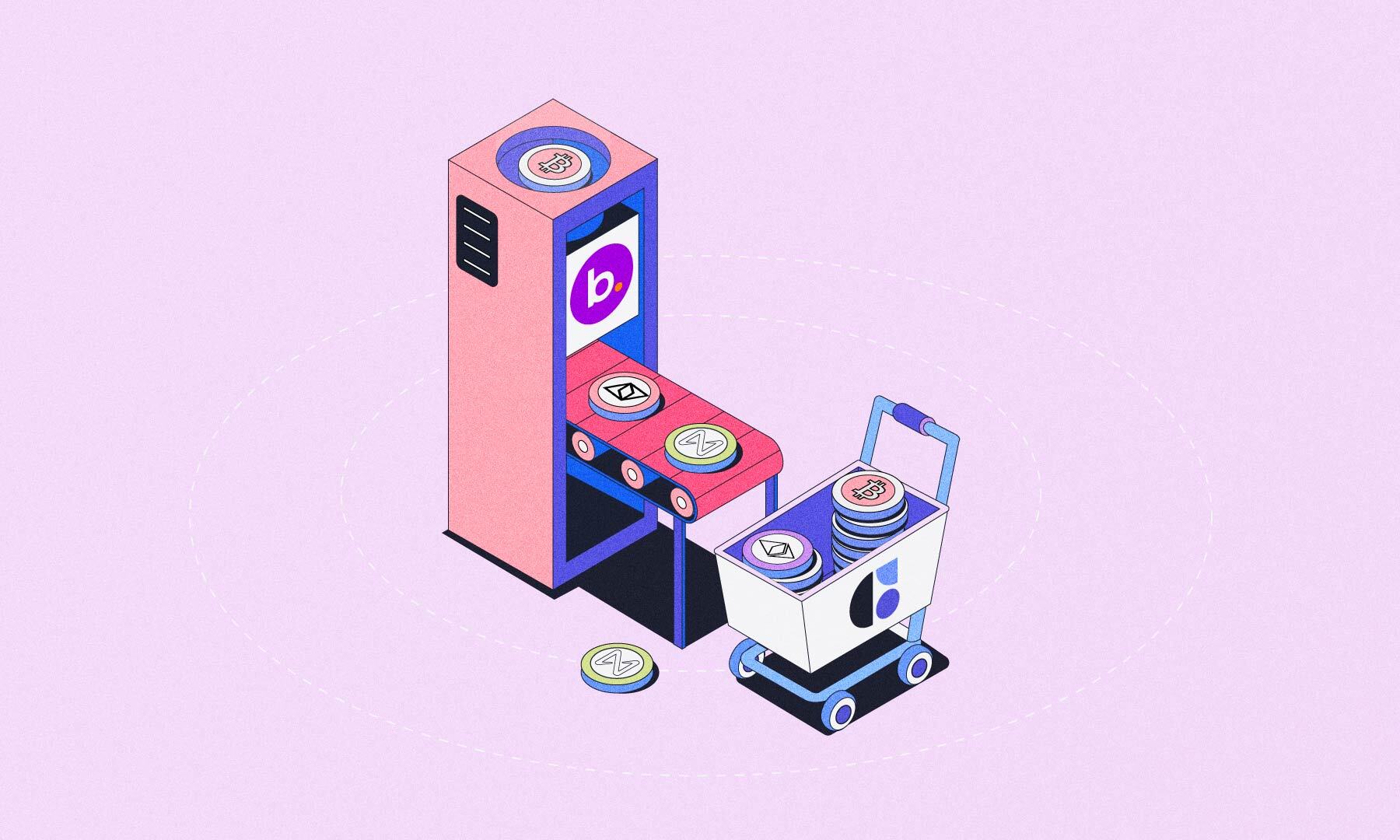Soon after the Ethereum Merge was successfully executed, the Ethereum proof-of-work chain went live with its mainnet. However, ETHPoW didn’t have a smooth start, unlike its PoS counterpart.
The proof-of-work chain is intended to preserve the forked version of the Ethereum chain.
Soon after the mainnet went live, users faced difficulty in accessing the network. The ETHPoW website server had to be shut down due to heightened activity. What’s more, users were complaining that they were not able to add the ETHPoW chain to their metamask wallet. Soon, it became evident that ETHPoW used a Chain ID that was already in use, leading to the error.
Chain IDs act as a fingerprint of the blockchain and allow networks to confirm and identify on-chain assets. As there is no central registry for the creation of Chain IDs, they are created arbitrarily.
The market panicked because of worries about a replay attack if developers failed to create a new Chain ID different from that of the Ethereum mainnet. In replay attacks, scammers can replicate a transaction in both chains, if both networks possess the same chain ID.
Before the ETHPoW mainnet launch, its native token ETHW had surged to a high of $60.68. But soon after it went live, users dumped the coin over issues in the chain, resulting in a drop of over 70%. Currently, it is trading at $12.92, touching a low of $9.29.
FAQs
What is the Ethereum merge 2023?
Transition to Proof-of-Stake (PoS): The Merge represents Ethereum’s shift from proof-of-work to proof-of-stake consensus, enhancing scalability and sustainability.
Reducing Network Congestion: The initiative aimed to alleviate Ethereum’s congestion issues, enhancing its efficiency and performance.
Significant Milestone: Completed on September 15, 2022, The Merge is a milestone in Ethereum’s ongoing development, facilitating a more secure and scalable network.
The Catalyst for Crypto Evolution: Termed a groundbreaking transformation, The Merge is seen as a catalyst for the next crypto boom, promising revolutionary changes in the cryptocurrency space
How do you fork Ethereum in blockchain?
1. Use Ganache forking: Employ Ganache to fork Ethereum at a specific block by appending --fork followed by the node URL and block number.
2. Fork Geth or Parity nodes: When considering Ethereum blockchain forking, it’s common to fork Geth or Parity nodes. This practice is widely used for starting your cryptocurrency on the Ethereum blockchain.
3. Use Alchemy for Ethereum Mainnet forking: Create a free Alchemy account to access a full Ethereum archive node, facilitating the forking process.
What are the two types of forks?
There are two types of crypto forks:
Hard Forks:
Definition: A hard fork occurs when there is a significant and irreconcilable divergence in the blockchain’s protocol, leading to a split into two separate chains.
Soft Forks:
Definition: A soft fork is a more backward-compatible upgrade to the blockchain’s protocol, imposing new rules that are still accepted by nodes running the previous software.
How many Ethereum forks are there?
There have been several Ethereum forks throughout its history. As of the provided information, notable forks include:
Homestead, The DAO, Atlantis, Metropolis-Byzantium, Ethereum Classic, Shanghai, London, Berlin, Ice Age.











